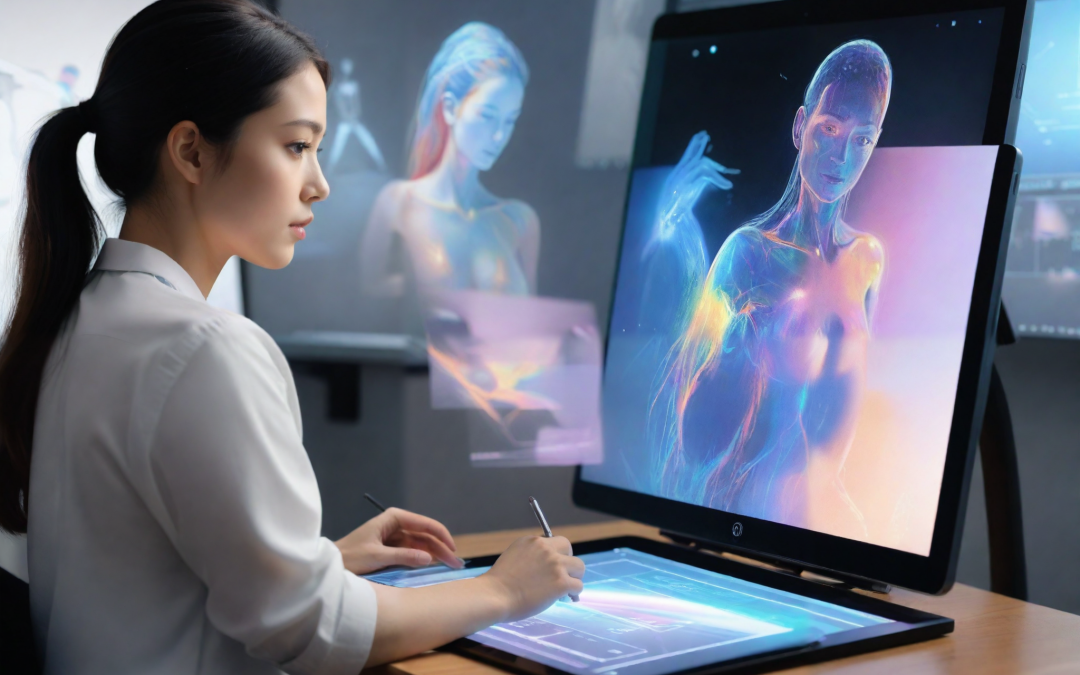Introduction
In the realm of technology, a new era is dawning – the era of Generative Artificial Intelligence (AI). This innovative technology, once a niche in the vast landscape of AI, is now at the forefront of transforming how we solve problems and unleash creativity. From mainstream giants like OpenAI’s ChatGPT, Google’s Bard, and Microsoft’s Bing to open-source alternatives like Llama2, Mistral, and Stable Diffusion, the landscape of generative AI is as diverse as it is revolutionary.
The Surge of Mainstream Generative AI Tools
OpenAI’s ChatGPT
ChatGPT, developed by OpenAI, has become a household name in AI, known for its remarkable ability in natural language processing and generation. Its capabilities range from drafting emails to creating poetic verses, making it a versatile tool in creative and professional contexts. The technology behind ChatGPT, leveraging vast amounts of data and sophisticated algorithms, enables it to understand context and generate human-like text, transforming industries from customer service to content creation.
Google’s Bard
Google’s Bard steps into the scene as a formidable competitor, designed to enhance the way we interact with information. It’s not just a tool for generating content; Bard aims to provide insights, using its vast knowledge base to analyze data and present it in a digestible format. This makes Bard a powerful ally in fields like data analysis and academic research, where synthesizing large datasets is crucial.
Microsoft’s Bing
The integration of AI into search engines is redefining the way we seek information. Microsoft’s Bing, with its AI capabilities, is more than just a search engine; it’s a knowledge companion. Bing’s AI-enhanced features offer users not just search results, but contextual information, summaries, and even suggestions, streamlining the process of information gathering and decision-making.

Open-Source Alternatives in Generative AI
Llama2
In the open-source arena, Llama2 emerges as a noteworthy contender. While it might not have the backing of tech giants, Llama2 holds its ground with impressive performance in language tasks. Its open-source nature makes it particularly appealing for researchers and developers who are looking to customize and experiment with AI without the constraints of proprietary software.
Mistral
Mistral is another open-source gem, specifically designed to be lightweight yet powerful. Its appeal lies in its versatility and ease of use, making it a go-to tool for startups and small businesses. Mistral’s ability to adapt to various tasks, from text generation to data analysis, without the heavy computational demand, makes it a practical choice for those with limited resources.
Stable Diffusion
In the domain of image generation, Stable Diffusion stands out. It democratizes the power of AI in creating visual content, offering artists and designers a new tool to aid their creativity. Stable Diffusion’s capability to generate detailed images based on textual descriptions is not just a testament to its technical prowess, but also a boon for creative industries seeking to explore new frontiers of digital art.

Comparative Analysis
While mainstream tools like ChatGPT, Bard, and Bing offer robust, ready-to-use platforms, their open-source counterparts provide flexibility and customization. Mainstream tools excel in user-friendliness and reliability, backed by substantial resources and constant updates. In contrast, open-source tools like Llama2, Mistral, and Stable Diffusion offer a playground for innovation and personalization, appealing to a more technically inclined audience.
Challenges and Ethical Considerations
With great power comes great responsibility, and generative AI is no exception. Ethical concerns, such as the potential for generating misleading information, bias in AI outputs, and the impact on jobs, are at the forefront of discussions. Additionally, regulating these technologies to prevent misuse while encouraging innovation is a delicate balance that needs careful navigation.
Future Prospects and Developments
The future of generative AI holds immense promise. We can expect advancements that further blur the line between human and machine-generated content, more efficient algorithms, and possibly, new forms of AI that we have yet to imagine. These tools might evolve to become more intuitive, context-aware, and capable of even more complex tasks, profoundly impacting sectors like education, healthcare, entertainment, and beyond.
Conclusion
Generative AI is not just a technological advancement; it’s a paradigm shift in how we interact with machines and harness creativity. As we stand at the cusp of this AI revolution, it’s crucial to foster a culture of responsible innovation and thoughtful application of these powerful tools. The future is bright, and generative AI is poised to be a shining light in this new era of technological wonders.
